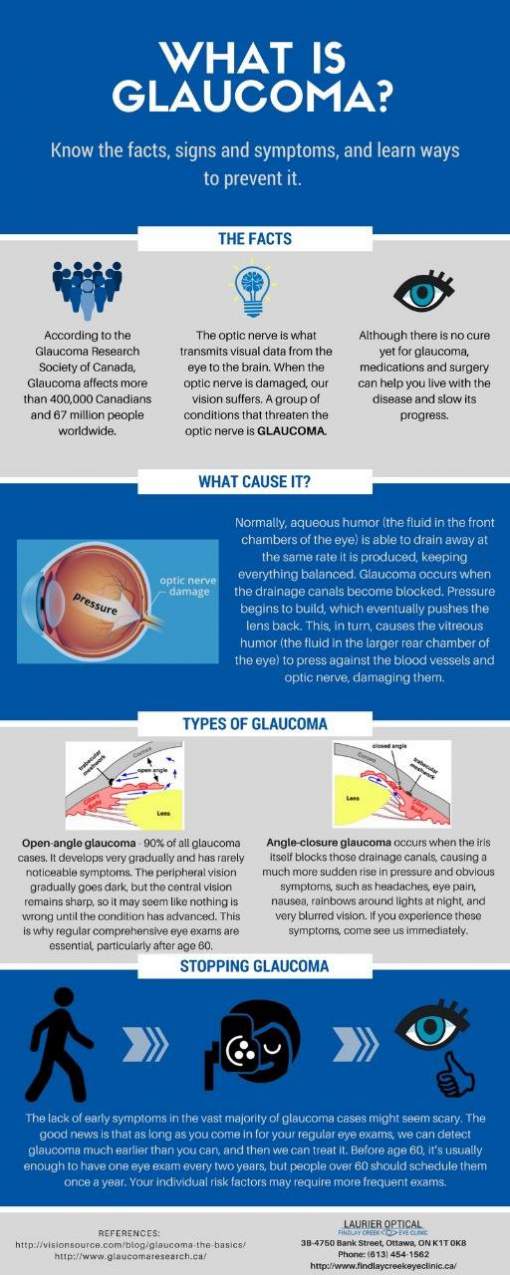If you're considering RLE surgical treatment, it is necessary to comprehend the treatment and its ramifications for your vision. This innovative strategy can resolve numerous vision concerns by changing your natural lens with a synthetic one. While the surgery is typically risk-free and effective, there are benefits and threats you need to understand. Let's discover what this surgery entails and exactly how it could influence your long-lasting eye health and wellness moving on.
Comprehending Refractive Lens Exchange Surgical Procedure
If you're taking into consideration vision adjustment choices, comprehending Refractive Lens Exchange (RLE) surgical treatment is essential.
RLE involves changing your eye's all-natural lens with a synthetic one to fix vision issues like nearsightedness, farsightedness, or presbyopia. Lens Replacement Surgery resembles cataract surgical procedure, but it's executed on people that don't have cataracts.
During RLE, the surgeon removes your gloomy or clear lens and implants a customizable intraocular lens, customized to your vision needs. The surgical procedure normally takes around 15 to thirty minutes per eye and makes use of regional anesthesia.
You'll likely experience quick healing, with enhanced vision commonly visible within days. Understanding the treatment aids you make educated decisions about your eye care and long-lasting vision wellness.
Advantages and Threats of RLE
RLE surgical procedure offers many benefits, making it an appealing alternative for those looking for vision improvement. One major advantage is the possibility for improved vision, typically getting rid of the requirement for glasses or contact lenses.
It can additionally address presbyopia and other age-related vision concerns, boosting your general quality of life. Additionally, RLE surgical treatment typically has a fast recuperation time and lasting results.
Nevertheless, it is very important to think about the dangers. While complications are unusual, they can consist of infection, blood loss, or changes in vision. Some clients might experience glare or halos around lights.
Recognizing both the benefits and risks will certainly assist you make an educated decision regarding whether RLE surgical treatment is the appropriate option for you. Constantly consult your eye treatment professional for tailored suggestions.
The Healing Process After RLE
After undergoing RLE surgical treatment, your recovery process plays an essential role in achieving the most effective possible results.
In the very first few days, you'll experience some pain and blurry vision, which is typical. Make sure to follow your specialist's post-operative guidelines carefully, including utilizing recommended eye goes down to prevent infection and minimize inflammation.
Relax your eyes frequently, preventing displays and brilliant lights for the very first week. your input here must also avoid arduous tasks, swimming, and rubbing your eyes for at the very least a number of weeks.
Attend all follow-up visits to check your healing progression.
As your eyes readjust, you'll see renovations in your vision. Perseverance is crucial-- offer your eyes time to recover fully and enjoy your new sight!
Verdict
Finally, RLE surgery can be a life-changing service for remedying vision issues. By understanding the treatment, its benefits, and prospective dangers, you can make an educated selection concerning your eye wellness. While the recovery procedure may include some initial discomfort, lots of people appreciate boosted vision and a better lifestyle later. If you're taking into consideration RLE, speak to your eye care professional to see if it's the right alternative for you.
